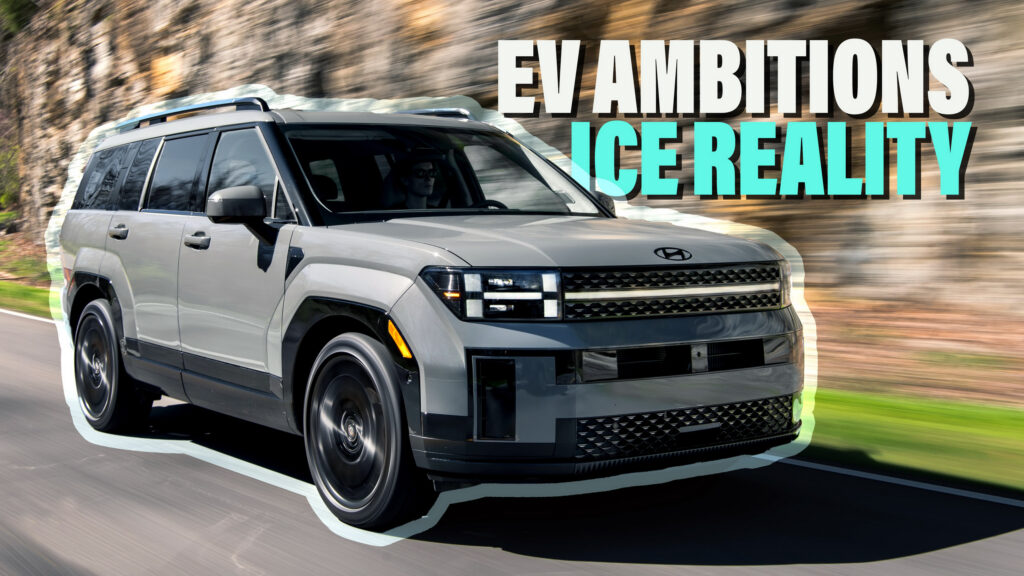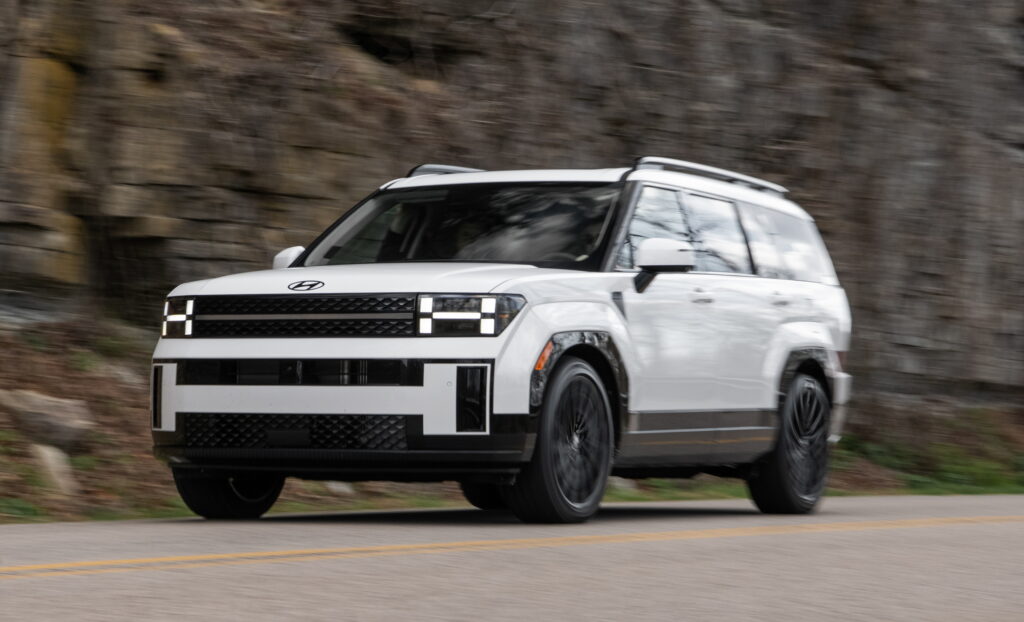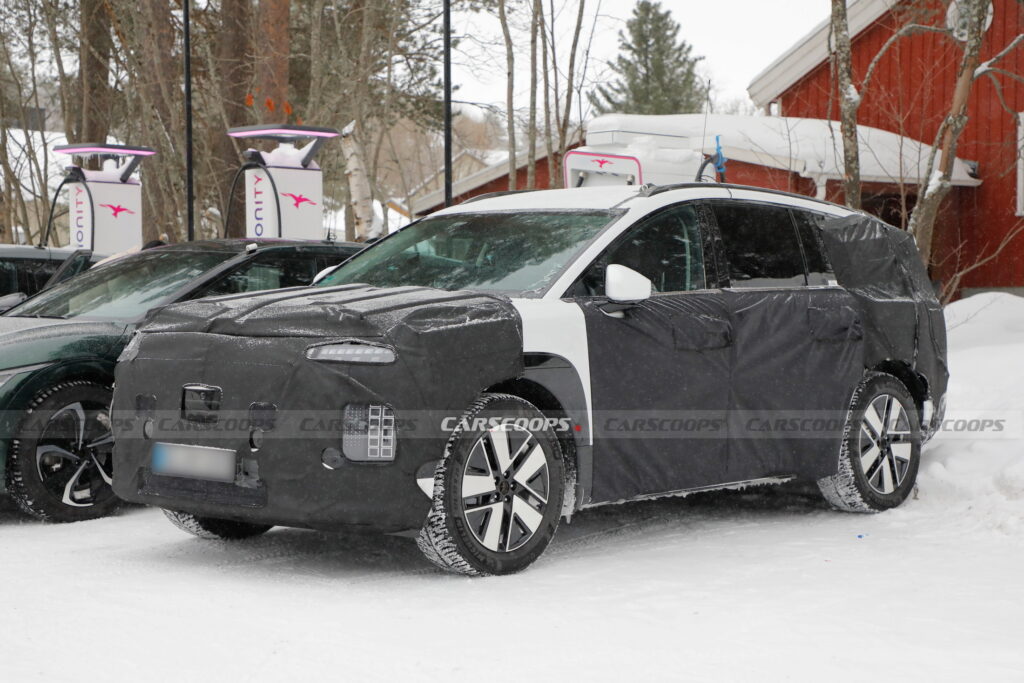The EPA doesn’t scare Hyundai, which says the product plan it has been plotting for the last four years will meet emissions regulations
4 hours ago
 –>
–> 
–>
Hyundai’s senior VP for product planning, Olabisi Boyle, said that the recently announced EPA emissions regulations, described by the White House as the most aggressive ever imposed in the country, won’t change the company’s strategy for the future. The automaker is happy with the mix of electric, plug-in hybrid, and internal combustion vehicles that it’s bringing to American consumers.
Boyle said that Hyundai is planning a “dual-pronged” approach that will include a “diversity of offerings,” for all buyers. While she concedes that the automaker will have to work to keep up with the EPA’s recently unveiled regulations, it believes that the plan it developed three to four years ago will do that.
The government agency announced that it is aiming for fleet-wide CO2 emissions for passenger vehicles to decrease nearly 50 percent by 2032. It expects that between 30 and 56 percent of those vehicles will have to be electric to meet the standards.
Hyundai’s plan involves 45 to 55 percent of its new vehicles to be electric by 2030, Boyle told Autonews. Although its long term plan is still to eventually have an all-electric lineup, in the near term, hybrids and internal combustion vehicles will continue to play a big role in its stable of vehicles.
The company will have to be strategic about how it implements the plan, though. For instance, the redesigned 2024 Hyundai Santa Fe offers a 2.5-liter engine and a hybrid 1.6-liter powertrain. Unlike the outgoing model, there is no plug-in hybrid in the lineup.
Read: US Unveils Most Stringent Car Emission Standards Ever To Boost EVs

“We wanted to focus plug-in hybrid on our higher volume segment, and it allows us to bring it to the consumer at a lower price point,” Boyle said. As a result, the Tucson will be the model that gets the plug-in hybrid powertrain.
“It’s critical where you strategically put PHEVs and HEVs in the near term, and maybe we can make advancements — perhaps in PHEVs, getting the all-electric range from 30 miles (48 km) to maybe 100 (161 km),” she said. “We see that as an opportunity that can really help in the future.”
At the same time, the automaker is fleshing out its EV lineup. Soon, the Ioniq 5 and 6 will be joined by the Ioniq 7, which Autonews reports has been renamed the Ioniq 9. The big SUV will offer families who need three rows of seats an electric option that’s based on the same platform as the Kia EV9.
“We need to keep up with the [EPA requirements], but we also need to meet the customer where they are. And so we needed a strategy that was going to address both,” said Boyle. “That means having a diversity of offerings, including more fuel-efficient ICE vehicles, hybrids and PHEVs.”



